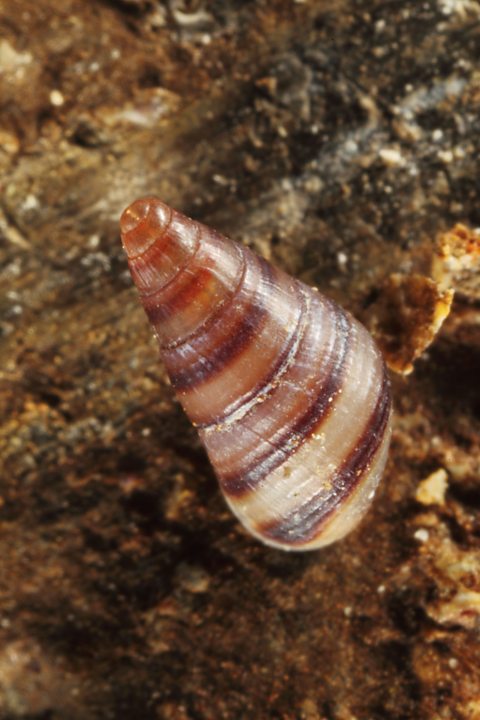In 2016, the UK voted to leave the European Union, which was made official on 31 January 2020. But this isn’t actually the first time we’ve separated from the continent.
In fact, about half a million years ago, while we weren’t politically tied, we were connected to it by land.
 Image source, Chase Stone
Image source, Chase StoneIf that’s the case, how did we separate? The whole world used to be joined in one super-continent called Pangaea. Tectonic plates moving around meant that this broke up into separate parts, eventually creating the continents and countries we recognise today.
But Britain and France aren’t on the border of two moving , so this doesn’t account for why they split. Luckily, a group of scientists made a completely accidental discovery in 2003, leading to our now deeper understanding of how we became an island.
One of the team members, Professor Jenny Collier of Imperial College London, explains the discovery happened while working on a completely different project: “When we found it we thought ‘crikey, what on earth is that?’”
The land bridge
Before we talk about what they found, though, what did we already know?
A permanent land bridge used to link us to France with about 20 miles of chalk. This is why nowadays the white cliffs of Dover are such a huge landmark - they used to be part of the bridge from Dover to Calais: “In fact, there actually are ‘white cliffs of Dover’ in France as well – they’re just not quite as big and as white as ours!”

During ice ages, lots of water gets locked away in ice sheets and water levels fall, then when the weather gets warmer the water is released and the sea levels rise again. But during most of the ice ages that occurred hundreds of thousands of years ago, even the highest tides would never usually drown the land bridge.
Dam, dam, dam
What Prof Collier and the team found evidence of though, was that 450,000 years ago a ginormous glacier formed, from southern England all the way to Norway.
This created a dam at the North Sea, and rivers like the Thames drained into it, forming a huge glacial lake. As the water levels rose, the water started to gush onto the land bridge, creating huge waterfalls.
Because the land bridge was all made of chalk, these waterfalls quickly eroded the rock formations, until a huge chunk gave way causing a massive flood.
And the key bit of evidence for the bridge flooding in this way - the thing that Prof Collier and her team found by accident - were huge 120-metre-deep holes in the sea bed at the foot of the former ridge: “We call them ‘plunge pools’. They’re like little drill holes that are now filled with loose sediment.”

It happened at a snail’s pace
Another bit of evidence that helps prove their theory was that, before this happened, sea creatures in the North Sea and the English channel were completely different: “So, particularly things like little sea snails… they’re not very glamorous, but basically if the water connected then they would be a single population.
"But the little snails in the southern North Sea had distinct characteristics to those in the English Channel, which means that they were evolving in their own little separate waterway.”
Prof Collier describes this geological event as possibly “the most significant day in British history”, but said that it was important to remember that other contributing factors may have played a part in the flooding of the land bridge.
A shaky start to island life
One of them may have been an earthquake: “If you think about it in a man-made setting, there have been famous dam failures. People investigate and it’s a combination of factors," she says.
“Obviously in the natural setting we can’t really do that… but we can speculate that, perhaps, we had a small earthquake as well to make the failure happen.”
Their discovery, though, means it’s still extremely likely that the formation of the glacial lake half a million years ago set in motion the events that caused our island to separate from mainland Europe.
*This article was published in April 2019 and last updated in November 2021
UK landscapes
Learn about other rock formations that have shaped the United Kingdom here.

Shaping the UK
How did the United Kingdom become united?

Five British animals you didn't know are endangered
Have you seen one of these animals in the wild before?
